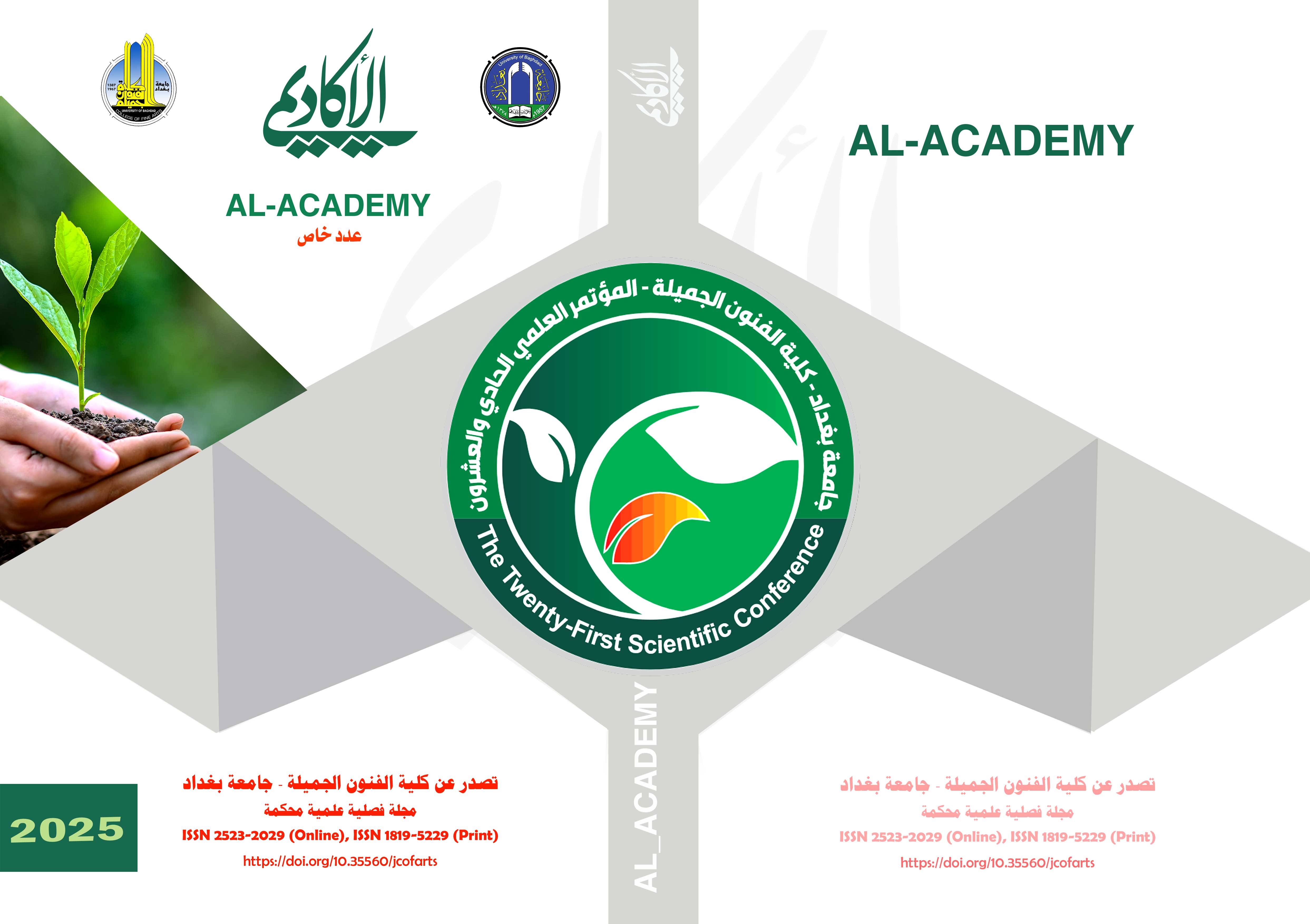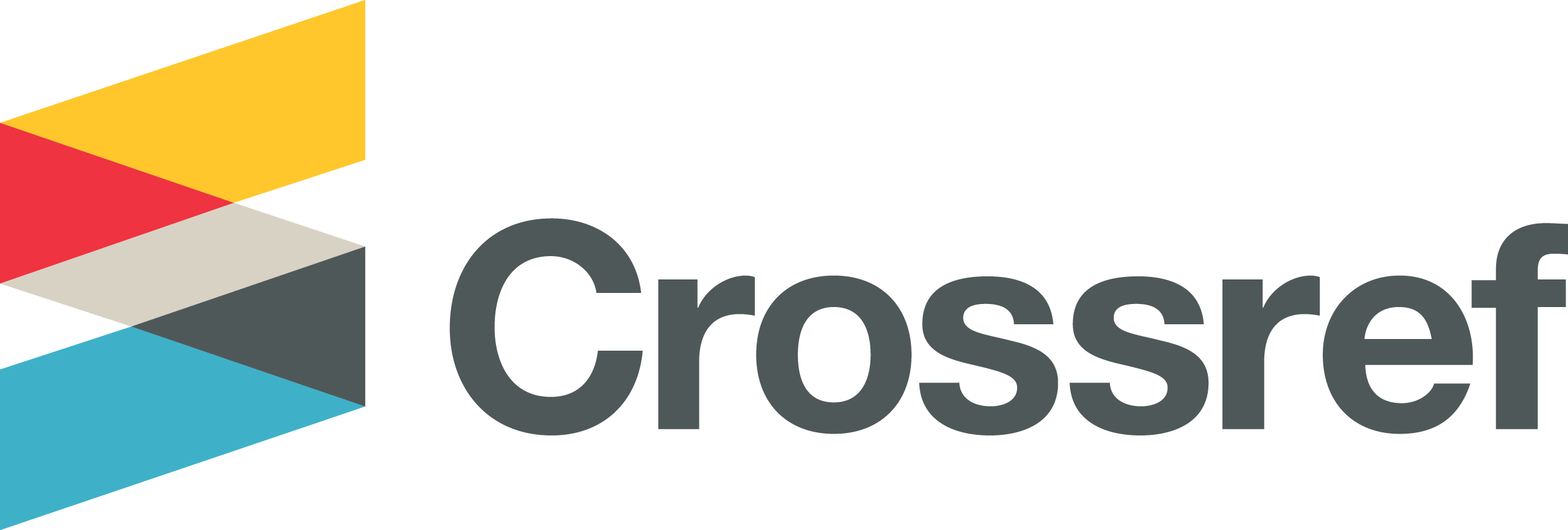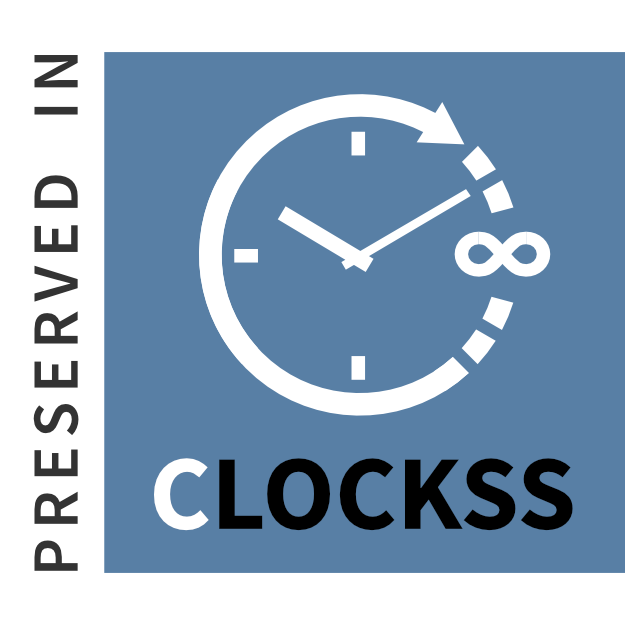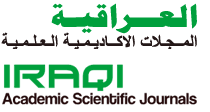تجارب فنية معاصرة معتمدة على الفن النسيجي المستدام وعلاقته بالاستدامة البيئية
DOI:
https://doi.org/10.35560/jcofarts1623الكلمات المفتاحية:
الفن النسيجي المستدام، إعادة التدوير، الفنون المعاصرة، الاستدامة البيئية، المواد المستهلكةالملخص
يهدف البحث إلى استكشاف دور الفن النسيجي المستدام في تحقيق الاستدامة البيئية من خلال إعادة تدوير الخامات المستهلكة وتوظيفها في أعمال فنية معاصرة. تم اتباع المنهج الوصفي التحليلي لدراسة تقنيات إعادة التدوير وإمكانيات التعبير الفني من خلال النسيج المستدام، واستخدم ايضا المنهج البحث القائم على الممارسة لإنتاج أعمال فنية معتمدة على مفهوم النسيج المستدام. تكونت العينة القصدية من تجارب فنانين معاصرين وظفوا إعادة التدوير في فنونهم عددهم (5) أعمال فنية، بالإضافة إلى عينة قصدية أخرى (4 أعمال فنية) من التجربة الفنية الذاتية للباحث الأول التي اعتمدت على تقنيات متنوعة لإعادة استخدام الخامات في الأعمال الفنية. أظهرت النتائج أن الفن النسيجي المستدام يساهم في تعزيز الوعي البيئي، ويوفر حلولًا فنية مبتكرة لاستثمار الخامات والمواد وإعادة تدويرها بهدف الاستدامة البيئية؛ ، مما يدعم مفهوم الفنون الصديقة للبيئة.
المراجع
Ibrahim, A. & Sheikh, H. (2024). Educational Unit Proposed for The Development of Creative Skills of Students in The Development of New Technical Processors of Recycled Materials and Their Use in Accessories Clothing (in Arabic). Mansoura University Journal of Specific Education Research, (25), April, 501-534. DOI: 10.21608/mbse.2012.145541
Abd El-Aziz, N., Salem, R., & Sosila, N. (2023). Benefiting from the aesthetics of the pop art school in recycling used environmental and artistic materials to produce artistic handicrafts (in Arabic). Journal of Human and Social Sciences (JHSS). 7(4), 35-49. https://doi.org/10.26389/AJSRP.E271122
Abdul Karim, M., Idris, H., and Hussein, M. (2020). Recycling of Ready-Made Garments Factories NULL Cutting Waste to Achieve Sustainability (in Arabic). International Journal of Design, 10(2), 100-109. https://molag.journals.ekb.eg/article_306926.html
Ahmed, K., Khalil, N., Hijazi, N., & Sheikh, K. (2001). The Art of Combining Materials with Egyptian Heritage and Utilizing It in Contemporary Fashion Design (in Arabic). Anglo-Egyptian Library, Cairo.
Ahmed, Magda Khalaf Hussein. (2012). Employing the thought of postmodern artists as a starting point for teaching the consumer goods course to female home economics students in Jeddah (in Arabic). Journal of Research in Education and Arts, Faculty of Art Education, Helwan University, Egypt, 35(35), 1-25.
Allam, N. (1997). Western Arts in Modern Arts (in Arabic). Dar Al-Maaref, Cairo.
Al-Afifi, T. (2023). The potential of artificial intelligence in digital drawing arts for educational technology students: An exploratory study (in Arabic). Journal of Educational Technology and Digital Learning, 4(13), 1-50. https://jetdl.journals.ekb.eg/article_330482.html
Ali, M., I., & Hassan, R. (2023). The Role of Prefabricated Materials in Modern and Contemporary Sculpture (in Arabic). South-South Dialogue Journal, (19), 1-23. DOI: 10.21608/hgg.2023.344990
ALJasheamiu, Kh. & Kadhim AJAM, I. (2024). The Effectiveness of Using Sustainable Materials in Contemporary Sculpture in Iraq (in Arabic). International Journal of Humanities and Educational Research. 6(2), 333-354. http://dx.doi.org/10.47832/2757-5403.25.20
Aly, A. & Hakeem, A. (2020). Utilizing Metal Wires to Enhance Embroidery Sculpture (in Arabic). International Design Journal. 10(1), 315-319. https://idj.journals.ekb.eg/?lang=ar
Amira, A. (2021). Green Capitalism and Sustainable Development in Ecological Philosophy and Its Reflection in Contemporary Art (in Arabic). Research in Art Education and the Arts. 22(1), 103-112. https://seaf.journals.ekb.eg/article_222126.html
Ammon. (2023). Textile Industry (in Arabic). https://www.ammonnews.net/article/710517
Arabiya, H. (n.d.). The concept of fabric (in Arabic). Retrieved from: https://sis.gov.eg/Story/115997/%D8%A7%D9
Artmajeur. (n.d.). Sang Versé 1, Textile Art by Fabienne Rubin | Artmajeur (in Arabic). Retrieved May 4, 2024, from https://www.artmajeur.com/fabienne-rubin/en/artworks
Attia, M. (1991). The Purpose of Art: A Philosophical and Critical Study (in Arabic). Dar Al-Maaref, Cairo.
AlYemeni, A. (2024). Recycling aesthetically and functionally consumed materials in the field of HANDCRAFTS” With a contemporary vision (in Arabic). The Scientific Journal of the Faculty of Specific Education, 1(39), 321-342. DOI: 10.21608/molag.2024.287338.1341
Bracht, P. (2009). "Eco-friendly products in Asia: an overview", Industry and Economics, UNEP, Paris, France.
Discover: Five contemporary embroidery artists - TextileArtist.org. (2022, April 22). https://www.textileartist.org/10-contemporary-embroidery-artists/
El-Gamal, A., Al-Wakeel, N. & Ibrahim, M. (2023). The Conceptual Printed design for furnishing fabrics by Upcycling waste through the digital sustainability (in Arabic). Arabic International Journal of Digital Art & Design, 10(2), 100-109. https://iajadd.journals.ekb.eg/article_321636.html
El-Gamal, M., Ali, H., Al-Ajami, M. & Waqtayeh, H. (2014). The common mechanisms between the structural elements of embroidery stitches and textile structures and their use in enriching the creative aspects of textile work (in Arabic). Journal of Qualitative Education Research, (36), 426-451. DOI: 10.21608/mbse.2014.140571
Elsherksi, W. (2023). Art Education between Innovation and Recycling of Consumed Materials (A Study on Students of the Art Education Department - faculty of Education (in Arabic). Scientific Journal of Faculty of Education, Misurata University-Libya. 9(22), 140-163. https://journals.misuratau.edu.ly/edu/346/2140
Gottesman, S. (2016, October 31). 10 Pioneering Textile Artists, from Sheila Hicks to Nick Cave. Nick Cave. Artsy. https://www.artsy.net/article/artsy-editorial-10-textile-artists-who-are-pushing-the-medium-forward
Green Future (2024). (in Arabic). Retrieved from: https://greenfue.com
Hajjaj, Mohamed Abdel Hamid, Tawfiq, Nashwa Abdel Raouf, and Al-Marakbi, Hager Salah. (2023). Using Digital Printing Technology to Create Printed Designs on Different Materials and Employ Them in Recycling Evening Wear for Achieving Sustainability (in Arabic). Scientific Journal of the College of Specific Education, 1(35), 3-50. https://molag.journals.ekb.eg/article_306926.html
Hussein, M. (2009, March 10-11). Environmental Materials and Their Dimensions for Improving the Quality of Life [Paper presented] (in Arabic). The Twenty-Second International Scientific Conference on Social Work and Improving the Quality of Life, Faculty of Social Work, Helwan University, Cairo, Egypt.
Knobler, N. (1987). The Visual Dialogue: an Introduction to the Appreciation of Art (in Arabic) (F. Khalil, Trans.; 2nd ed.).Dar Al-Mamoun for Translation and Publishing, Baghdad. (1967).
Mahmoud, B. (2018). Consumed Materials As a Source to Create Contemporary handicrafts complementary to Ornaments (in Arabic). https://amesea.journals.ekb.eg/article_75919.html
Merman,H., Zakaria,M., Ismail,I., Hamzah,A.(2021). Recycling from SI+SA Exhibition in the Context of Visual Arts (in Arabic). International Journal of Art & Design, Universiti Teknologi MARA Cawangan Melaka, 5(2),P1-12.
Shams, R. (2024). Creating printing surfaces from recycling consumables of different materials as an introduction to enriching the field of hand printing (in Arabic). Journal of Architecture, Arts and Humanistic Sciences. (45), 513-533. DOI: 10.21608/MJAF.2022.129508.2703.
Sayed, R. (2022). Recycling of used materials as plastic media in modern and contemporary sculpture and its impact on environmental conservation (in Arabic). Scientific Journal of Specific Educational Sciences, 16(16), 112-134. DOI: 10.21608/sjsep.2022.294680
Read, H. (1998). The Meaning of Art (in Arabic). (S. Khashaba, Trans.; 2nd ed.). Maktabat Al'usra. (1931).
Reen, L. (2023, July 21). 13 Textile Artists Pushing the Medium Forward. Sixtysix Magazine. https://sixtysixmag.com/textile-artists/
Wikipedia. (n.d.). The free encyclopedia (in Arabic). Retrieved from: https://ar.wikipedia.org/wiki/














